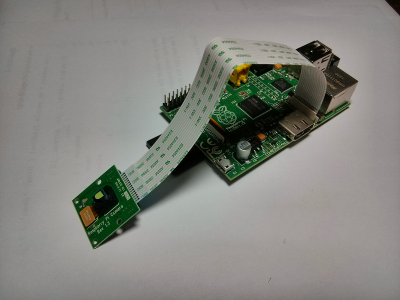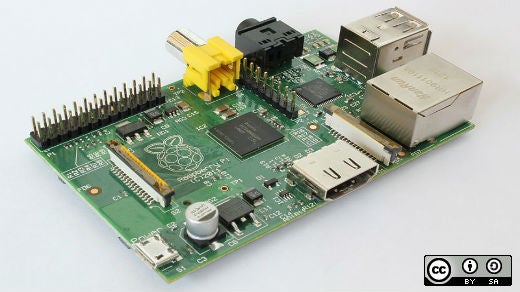The Raspberry Pi has replaced the textbook at the State University of New York at Albany in the class, Information in the 21st Century.
Ethan Sprissler is the instructor for the 900 student class (split into two sections, 400 and 500 students respectively). He uses the Raspberry Pi instead of the traditional textbook in order to:
- Demystify hardware.
(See: Clarke's three laws)
- Develop familiarity.
Make even low-level electronics and engineering a practical reality for the students, develop familiarity and promote the popularity of Linux/Unix.
- Reduce risk.
Provide a low-cost, low risk platform that gives students the tools and foundation for innovation.
First, the students watch this presentation to understand how easy it is to use the Raspberry Pi. They learn how to:
- Run a web server using a single line of Python.
- Run a customized web server that parses the URL query line.
- Use the Raspberry Pi camera to take still images.
- Drive the camera from web browser clients, using a simple customized web server written in Python.

The initial setup of the camera was done smoothly by following the instructions here and recounted here. All of the examples are focused on demystifying technology and showing the students that some very cool things can be done with the tools that they have within their reach. The source code of the Python examples are available on Github.
You are free to use and pass along this presentation (created using Reveal.js and available here); it can be forked or cloned on GitHub.







16 Comments